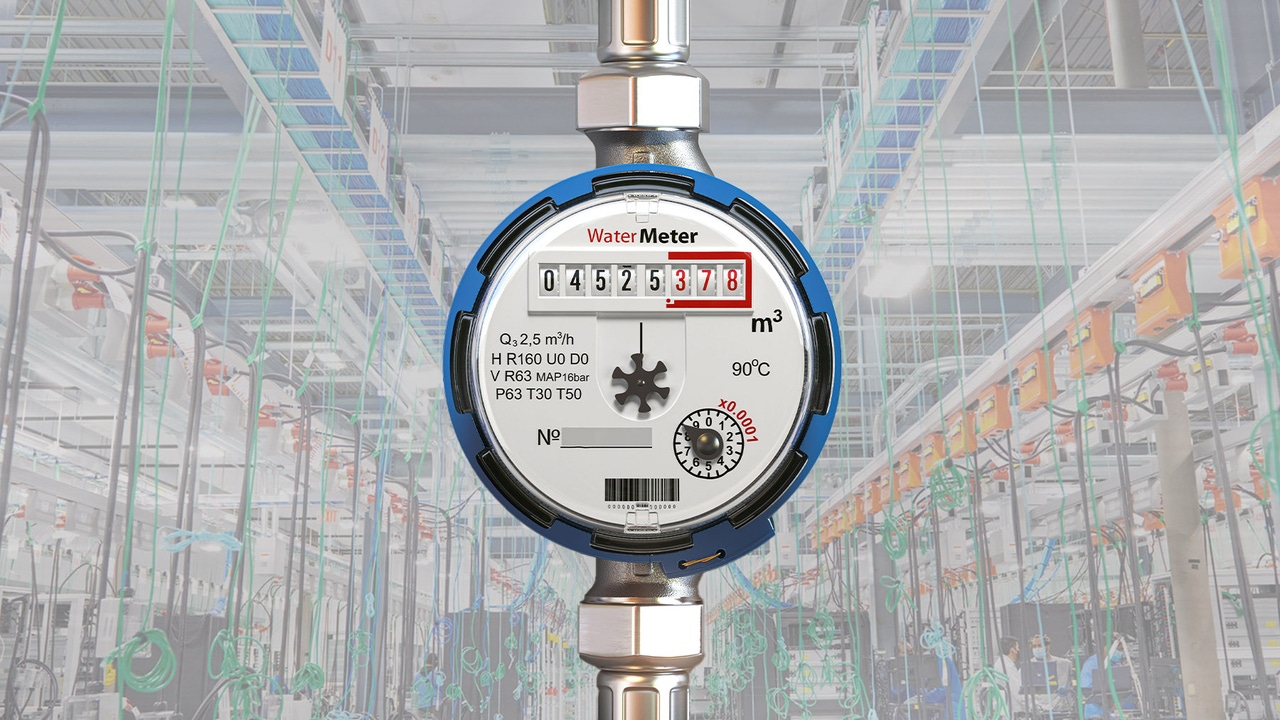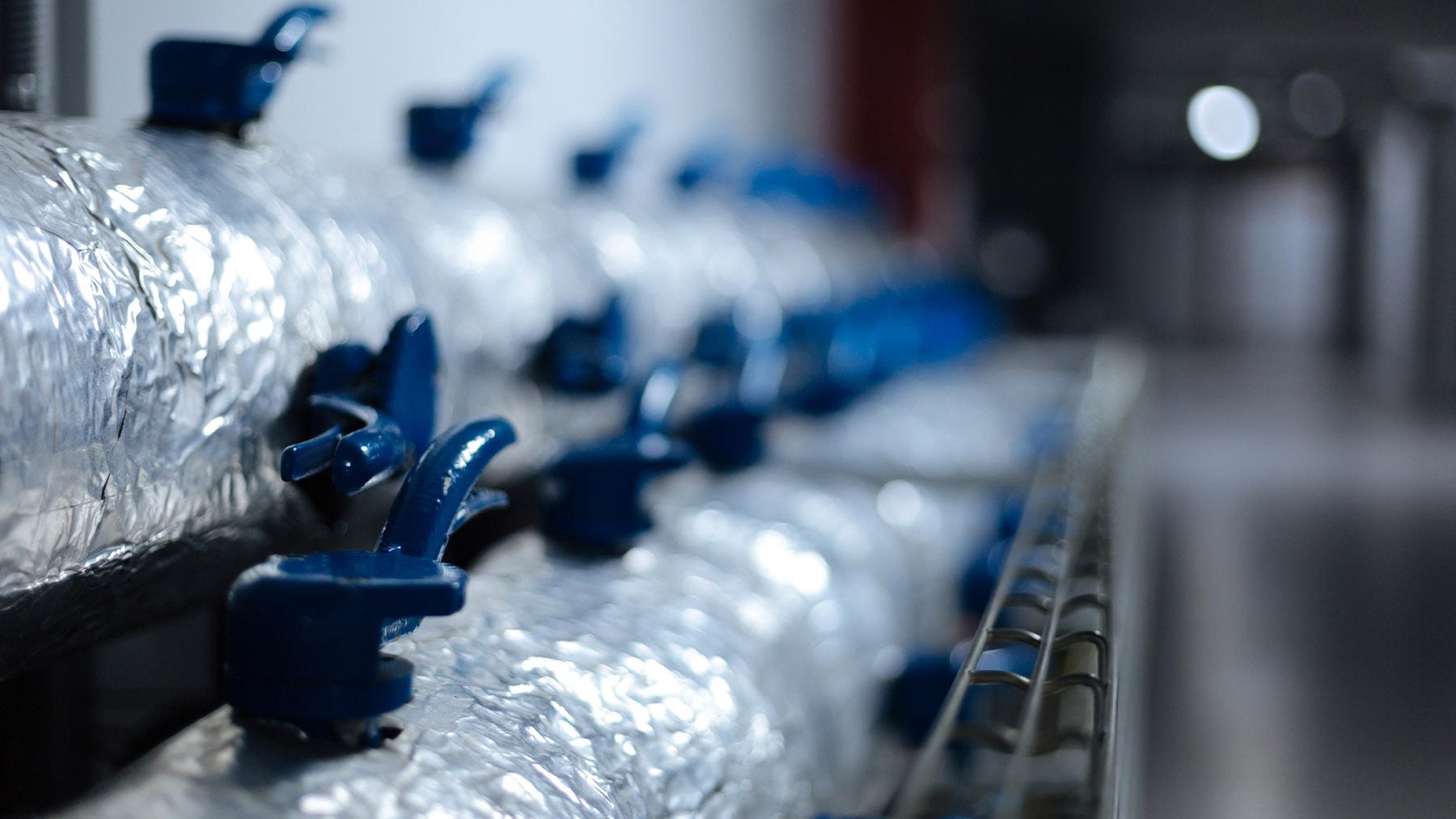A Guide to Data Center Water Usage Effectiveness (WUE) and Best PracticesA Guide to Data Center Water Usage Effectiveness (WUE) and Best Practices
Discover why Water Usage Effectiveness (WUE) is key to sustainable data centers and learn best practices to optimize water use.

Using energy efficiently is one important component of data center sustainability. But water usage plays an equally critical role in sustainability for data center operators. In fact, water efficiency is primed to become even more important in coming years due to growing groundwater shortages.
This is why Water Usage Effectiveness (WUE) is a crucial metric for data center operators to track. As this guide explains, WUE helps data centers track how much water they use, as well as find ways to optimize water usage.
What Is Water Usage Effectiveness (WUE)?
Water Usage Effectiveness (WUE) is a metric that measures how efficiently data centers use water.
WUE is calculated by comparing the total water consumed by a data center to the energy consumed by its IT equipment. This means that WUE isn’t a measure of how much water a data center consumes in total. Instead, it’s a means of assessing how much water a facility uses relative to the volume of IT equipment housed in the building.
The WUE metric was conceptualized by The Green Grid, a non-profit focused on improving data center efficiency, in 2011. It serves a purpose similar to metrics like Power Usage Effectiveness, which also helps measure the sustainability of data center operations.

Efficient water management is vital for sustainable data center cooling systems.
How Do Data Centers Use Water?
To understand fully why tracking WUE is important and which factors affect WUE calculations, you must first understand how and why data centers consume water.
The main way that data centers use water is for cooling purposes. While water-based cooling systems for data centers vary in design, most work by using water to absorb heat from IT equipment. They then move the heated water to places where it can be expelled into the environment as a liquid or evaporate into a gas.
This approach to data center cooling is necessary in most larger-scale facilities because they contain a lot of IT equipment, and the equipment generates a lot of heat. While chilled-air cooling systems that don’t require significant amounts of water may suffice in smaller data centers, many larger data centers need to rely on water as a key ingredient in the cooling process.
How to Calculate WUE
To calculate WUE, you need two data points:
The total water consumed by your data center, measured in liters, over a fixed period.
The total energy consumed by the IT equipment in your data center, measured in kilowatt-hours (kWh), over the same period.
Then, divide the first number by the second to calculate WUE.
For example, if your data center uses 100,000 liters of water per day and 50,000 kilowatt hours of energy, your WUE calculation would be:
100,000L / 50,000kWh = 2.0 L/kWhIn this simplified example, we calculated WUE based on daily measures of water and energy usage. For a more accurate calculation, you should calculate WUE based on monthly or (even better) yearly water and energy consumption data. This is because short-term fluctuations in resource consumption may yield unrepresentative calculations if you track WUE based on a single day’s usage.
Benefits of Water Usage Effectiveness
Calculating WUE provides several key benefits:
Assessing sustainability: Since water is a finite resource, knowing how efficiently your data center uses it is a key aspect of measuring overall sustainability.
Reducing costs: Water costs money. Knowing how efficiently your data center uses water is important for ensuring that you don’t waste money.
Optimizing cooling system efficiency: Because water’s primary use inside data centers is for cooling, tracking WUE provides visibility into how efficiently cooling systems are working. Systems that consume large volumes of water relative to the IT equipment they support may be performing poorly.
Improving community relations: Tracking and reporting on WUE can help data center operators alleviate concerns in local communities that their facilities overuse water.
Thus, tracking WUE is important not just for sustainability, but also for advancing data center business goals.
Challenges and Limitations of Water Usage Effectiveness
While WUE is a valuable way to estimate overall water usage efficiency and identify waste, it’s not perfect.
Arguably, the most significant challenge is that WUE doesn’t differentiate between different sources of water, even though water sourcing can play an important role in sustainability efforts. For example, a data center that repurposes greywater for cooling would have the same WUE numbers as one that relies on “new” water sourced from a municipal water system (assuming energy consumption is the same in both cases), even though the latter practice is less sustainable.
Tracking and reporting WUE can also be challenging because data center operators may measure total water usage and total energy usage in inconsistent ways. Because most facilities only have one central water meter, they usually measure total water based on all water they ingest, even if some of that water is used for purposes (like landscaping or supplying bathrooms) that aren’t related to core data center operations. However, some facilities may install meters that allow them to track water used for data center cooling alone and use those figures when calculating WUE. The latter practice can lead to lower WUE numbers, even if the total water used for data center operations is the same.
Similarly, because power system meters usually only track total energy consumption by an entire facility, the power data used when calculating WUE can be thrown off in cases where significant amounts of energy are devoted to purposes other than operating IT equipment. To gain the most accurate WUE estimate, you’d need to install power meters that measure energy consumption only by your IT equipment, but most data centers don’t do this.
What Is the Ideal WUE Number?
The lower your WUE, the more sustainable your data center is likely to be. Indeed, the “ideal” WUE number is zero – in the sense that ideally, a data center would find a way to use no water at all. However, as noted above, that’s not feasible for most data centers, which need water to cool IT equipment.
More practically speaking, the average WUE across data centers is 1.8 L/kWh. Beating that average is a reasonable WUE goal.
The most efficient data center operators, however, report WUE metrics that are much lower than the average; for example, Amazon reports that its WUE is a mere 0.19 L/kWh. This is likely because Amazon’s data centers are very large, creating economies of scale that make it easier to use water efficiently.
Read more of the latest data center cooling news and insight
Ways to Improve Data Center Water Usage Effectiveness
Data center operators striving to improve water usage efficiency and sustainability can consider practices like the following:
Use recycled water: Cooling data centers with recycled water is a well-established practice. And while it won’t actually reduce your WUE metric (because WUE doesn’t account for water sources, as noted above), it will make your water usage more sustainable.
Return water to its source: Rather than dumping water into public wastewater systems after the cooling process is complete, consider returning water to the natural environment. Here again, this won’t reduce your actual WUE numbers, but it reduces the energy required to “clean” your data center’s water (which often doesn’t require cleaning because data center cooling processes don’t typically pollute water).
Increase data center temperature: Raising the temperature inside your data center can improve WUE by reducing the amount of heat your system needs to dissipate. Data center companies like Equinix have found that increasing the temperature just a few degrees can deliver major efficiency boosts without placing IT equipment at risk.
Monitor water usage data: Monitoring fluctuations in water usage and correlating them with other data points (like ambient temperatures or changes in power consumption) can help identify opportunities to improve the efficiency of water usage. For instance, you may find that you can scale back on water consumption when outside temperatures are lower, rather than ingesting water at a fixed volume regardless of ambient temperatures.
About the Author
You May Also Like









